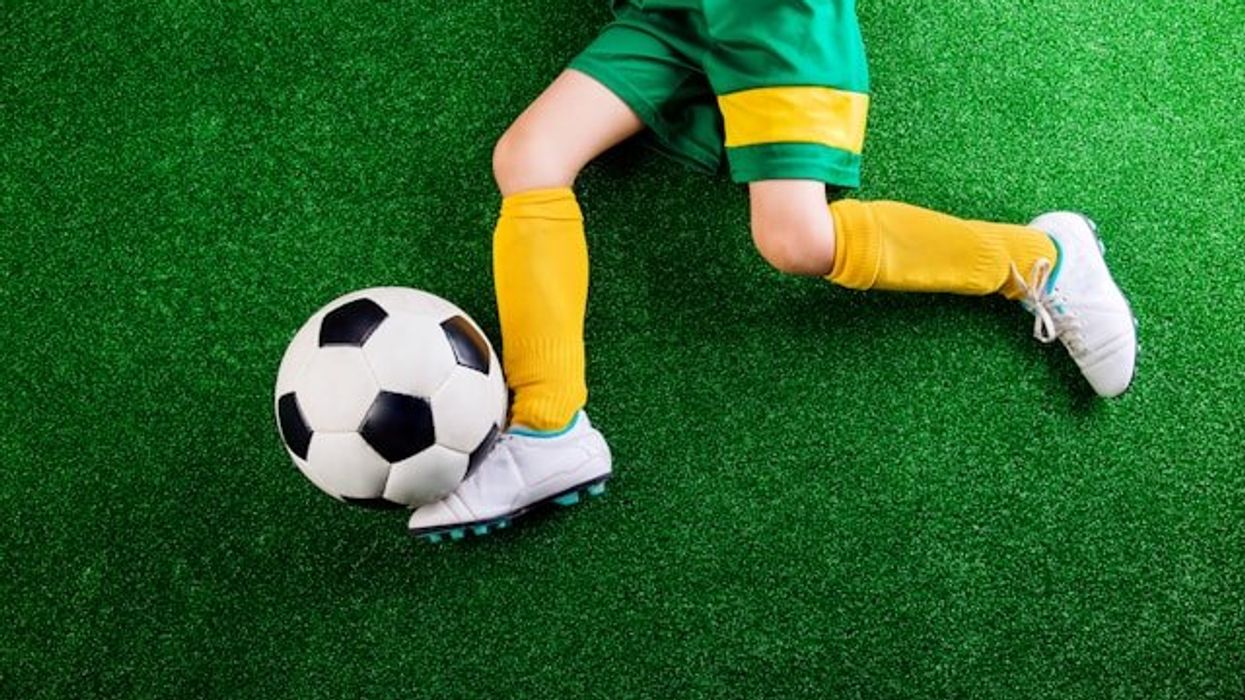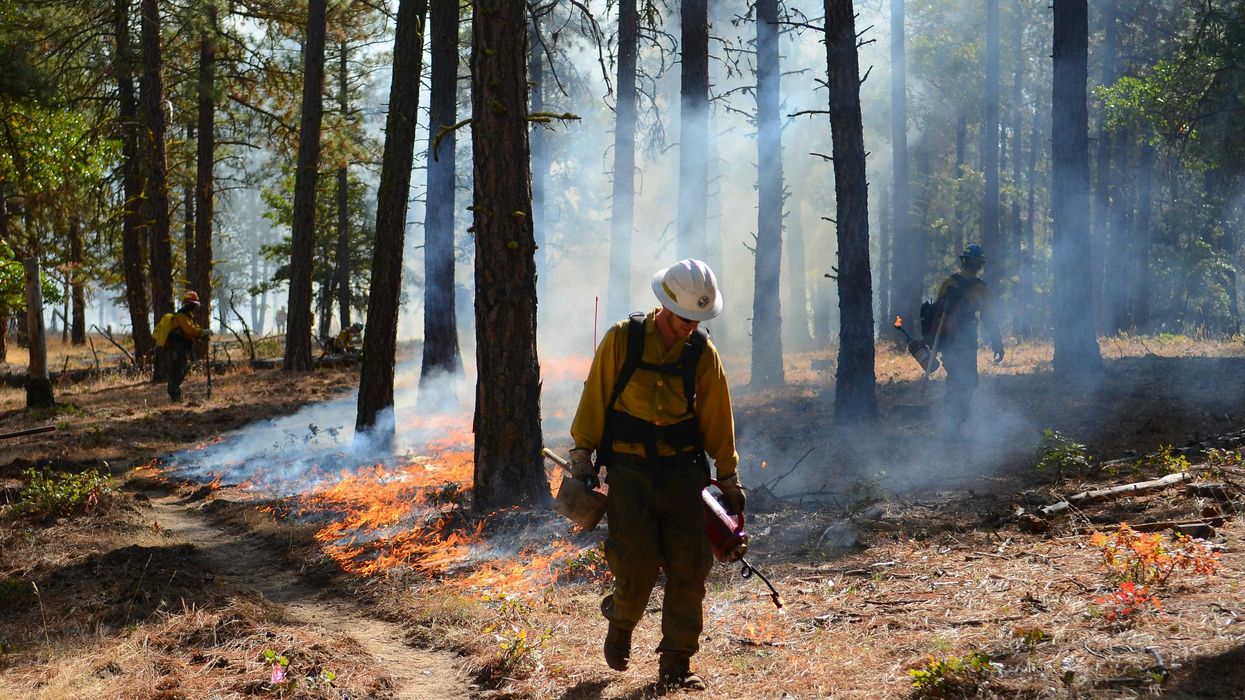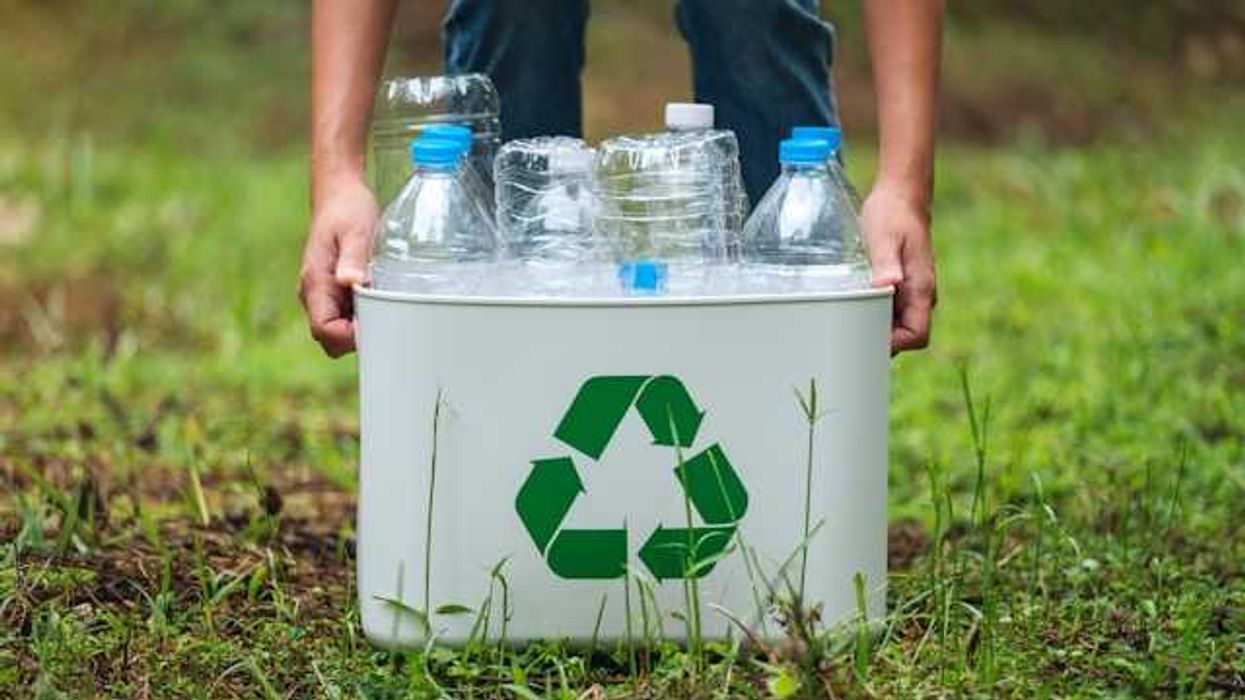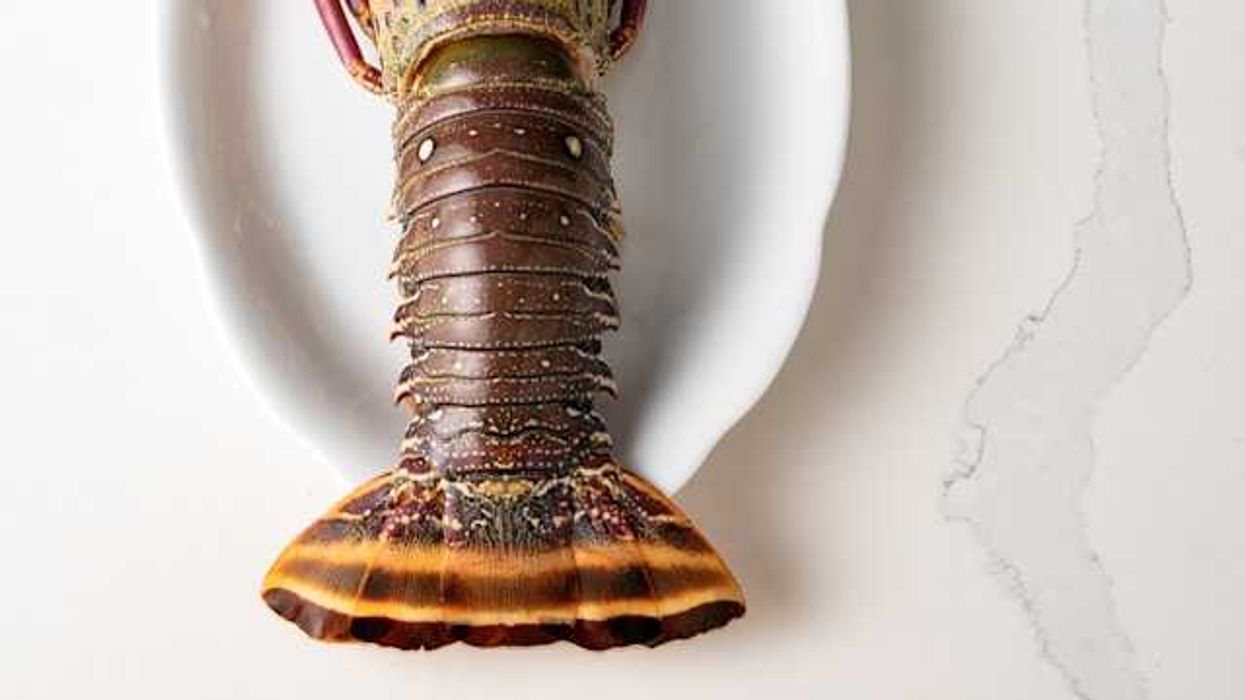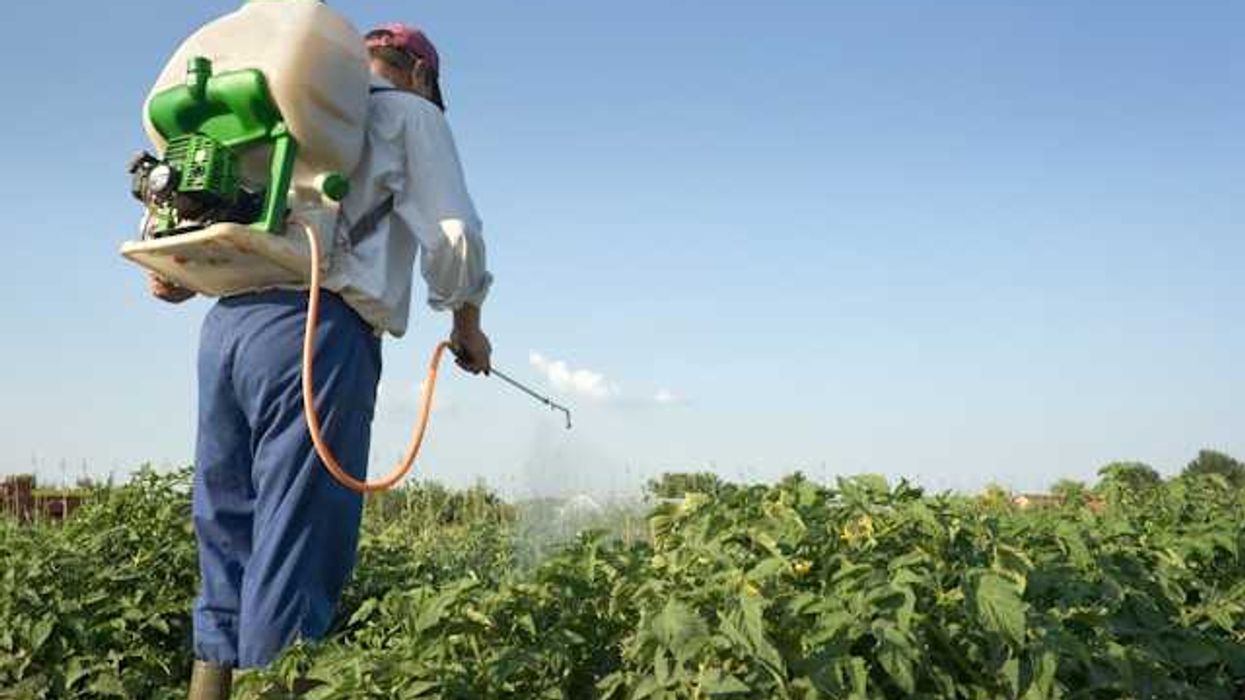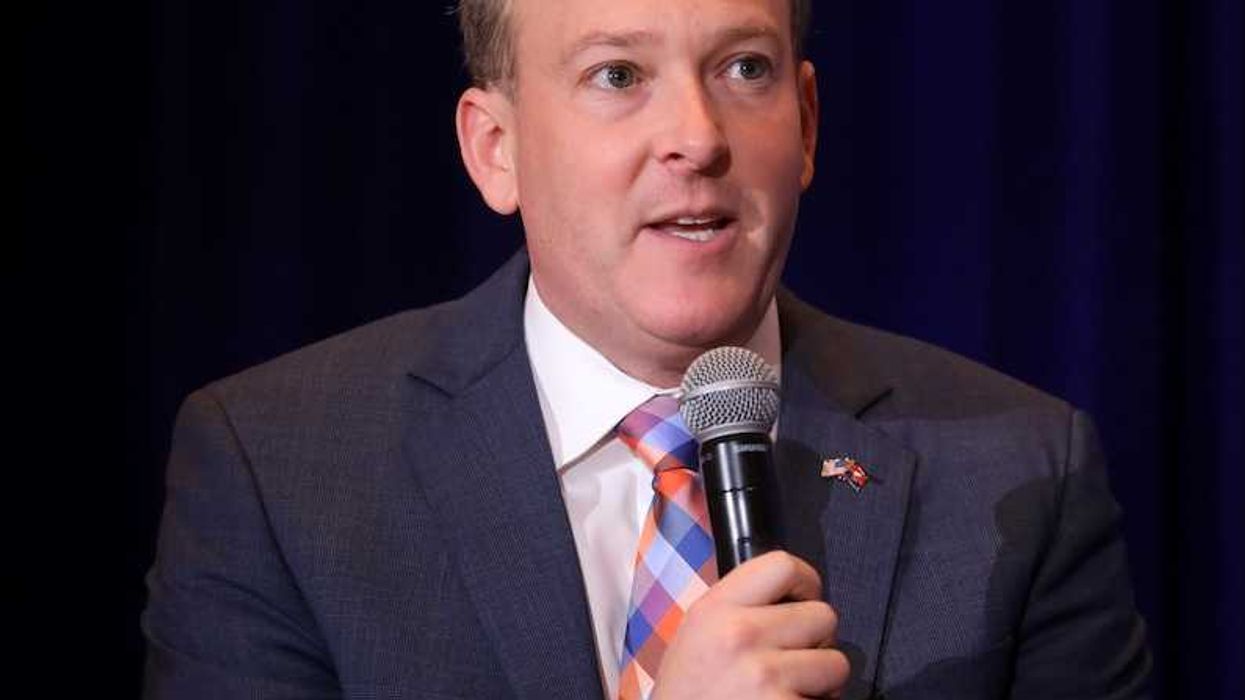As schools swap grass for plastic, scientists warn that the heat-soaked, tire-filled surfaces may expose young athletes to toxic chemicals while communities struggle to recycle the fields.
Michael J. Coren writes for The Washington Post
In short:
- Synthetic turf fields are proliferating across North America, now numbering about 18,000 with 1,500 more installed each year, most relying on crumb rubber made from roughly 40,000 tires per field.
- Limited studies detect chemicals on players’ skin and in field air, and researchers say more robust research is urgently needed to examine potential long-term impacts like cancer and endocrine disruption.
- While turf extends playtime and cuts watering and mowing, extreme surface heat, microplastic runoff, and scarce recycling options raise environmental and financial questions for schools and municipal parks.
Key quote:
“I would not recommend parents let their children play on there. Period.”
— Vasilis Vasiliou, Yale epidemiologist
Why this matters:
Artificial turf fields occupy a growing slice of America’s recreational landscape, from kindergarten recess yards to professional stadiums. Unlike living grass, these plastic carpets trap heat and shed microfibers, turning summer practices into burn zones and seeding waterways with synthetic debris. The blades and crumb rubber often contain PFAS, heavy metals, and plasticizers that linger in bodies and ecosystems far longer than a single season. Each field also represents an enormous waste stream: Up to 40,000 tires for infill plus multiple layers of polyethylene that rarely get recycled when the surface wears out after a decade. As climate change tightens water supplies and pushes temperatures higher, communities face a trade-off between playable hours and potential long-term health and pollution costs.
Related: Concerns rise over children's exposure to PFAS in artificial turf fields

